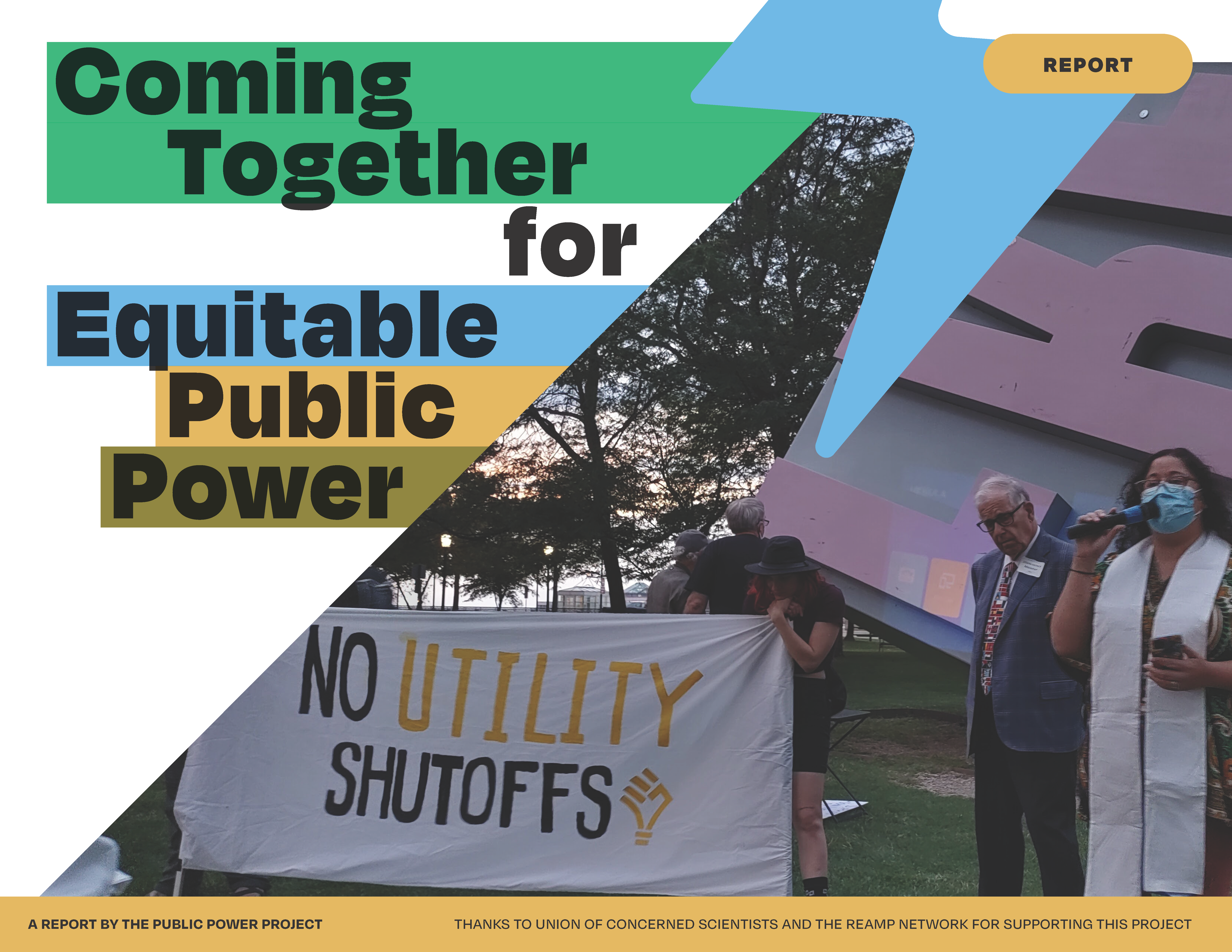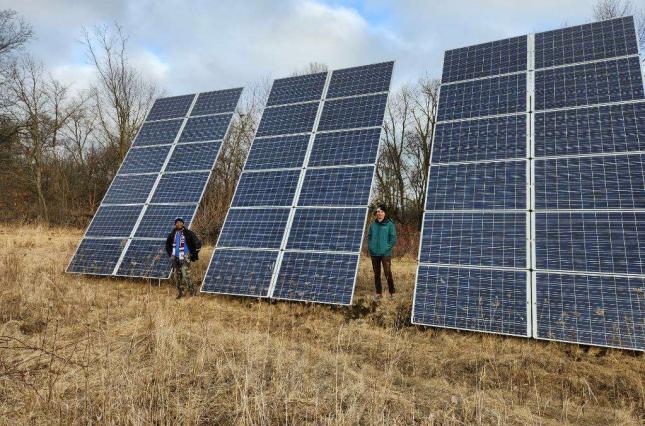Communities across the country are experiencing escalating crises of affordability, energy reliability, and climate collapse. In an increasing number of cases, communities are identifying a root cause in the shareholder-driven investor-owned monopoly utility ownership structure which prioritizes profit and utilizes political spending, philanthropy, and its monopoly status to maintain control of legislatures and regulators. As a result, a number of communities are taking action to explore what it would take to break from investor-owned utilities who are failing to seek more sustainable solutions, and instead form a new public power utility – a process referred to as “municipalization.”
There are many emerging public power fights, usually driven by grassroots efforts and fought against by incumbent utility companies. Driven by the green energy transition, communities are exploring these publicly owned models, which serve 1 in 7 Americans, and are seeking to understand the nuances of owning and running a publicly-owned not- for-profit power utility.
As energy democracy advocates, we need to have an understanding of the real equity and structural change concerns, as well as an assembly of best practices for public power utilities for future advocacy work.
From 2022 to 2023, the Public Power Project explored these questions in the following ways:
- Landscape analysis: We reviewed the literature and data on public power as compared to the investor-owned models and summarized key comparisons.
- Interviews: We conducted 22 stakeholder interviews, primarily in Iowa, Ohio, and Michigan, asking questions about the past, present, and future of public power.
- Focus groups: We held 2 focus groups to engage stakeholders in cross-cutting conversations about the themes and trends emerging from the interview process.
This report shares the insights we gained about how public power, in its incumbent and emergent forms, can be equitable, just, and democratic.
The Public Power Project is a collaborative effort to conduct a review of public power efforts in the Midwest from the perspective of campaigners, public officials, staff of existing municipal power utilities, and communities already served by public power. Read more about how this report was prepared and next steps in the ongoing blog series: Powering The Midwest.

2023 Public Power Project Convening | Conference Video


